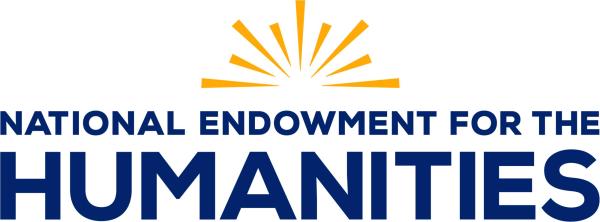A post by Drew VandeCreek
At the recent meeting of the American Historical Association in Washington, D.C., I made a presentation as part of a discussion session (i.e., not a regular panel – we sat in a circle and talked after very short presentations made by people sitting as part of the circle) exploring digital materials, ranging from blogs and web sites to social media, and the questions that they raise as scholars begin to make use of them as primary sources. Other presenters talked about the future of MOOCs and crowd-sourcing the search for elusive information about a relatively obscure historical figure. I discussed the work of the Digital POWRR project and the challenges presented by the fact that digital objects are generally subject to loss in the relatively short term due to a number of reasons, including hardware and software incompatibility and the degradation of storage media.
One major question that emerged in the discussion was the status of social media materials and other online, digital sources in light of the fact that they are so prone to loss. One presenter at the preceding panel (our discussion group was part of a linked set of two events) described how she had based her work on Pakistani women in part on a web site that no longer existed, apparently because of hacking activities undertaken by parties believing that Pakistani women should not express themselves in this format. The presenter said that she had printed out the sites pages for her own record and thus could document her use of the source. But this made me wonder about the future practice of history.
So, what of digital sources like blogs, web sites, and social media objects like tweets? Digital objects’ intrinsic frailty and the complex, easily disrupted nature of the internet used to present them make them fundamentally unreliable as primary sources, at least by the standards developed for the use of analog/paper media materials.
It seems to me that although history is certainly not a science in any way, historians are similar to scientists in at least one regard. Much like a scientific discovery can only be accepted and confirmed as other practitioners are able to repeat the experiment and yield the same result, historians are accustomed to being able to lay their hands on a paper source cited in a footnote. Manuscripts are usually unique items, but if one travels to the archive and looks in the box and folder number cited, the item will be there. There may be a very small number of copies of a book, but if one is willing to make the trip to the right library, the book will be there. Historians will of course debate a scholar’s reading of a source, but the existence of the source itself is fundamental to the discipline. If the item is not there, practitioners may rightly begin to ask questions about the legitimacy of a work citing it.
Many of the participants in the AHA discussion emphasized the need to preserve online digital materials as fully as possible. I certainly concur. But a whole host of problems, not the least of which is the considerable expense involved in the curation/preservation of digital materials, make this impossible. We will have to face that fact that a considerable amount of online digital objects that future historians may want to use as evidence will simply disappear.
In this situation, several questions occur to me: How will we evaluate work citing online materials that are no longer existent? What if scholars relying on such missing evidence can produce a print-out or other facsimile of the materials? Can we distinguish cases of vanished evidence in which legitimate facsimiles exist from cases of academic fraud?
A post by Drew VandeCreek





2 comments
I remain pessimistic about the Web’s ability to do something fundamentally different for historical scholarship. I believe it will be a long time (if ever) before there is a change to David Staley’s assessment that “despite the apparently revolutionary nature of the tool, most historians use computers conservatively: to laterally transfer textual culture from paper to screen….
Authority and evidence of sources are certainly concepts undergoing a change. The generation of historians coming up in my classes put too much trust in the perceived permanence of the web. On the other side, there are the archivists who’ve done digital exhibits as “projects” to provide samples of their holdings. There’s got to be awareness on all sides–creators and users–of the life cycle of these objects. IMHO, that includes creators leaving digital sign posts up to let people know when content is moved or taken down.